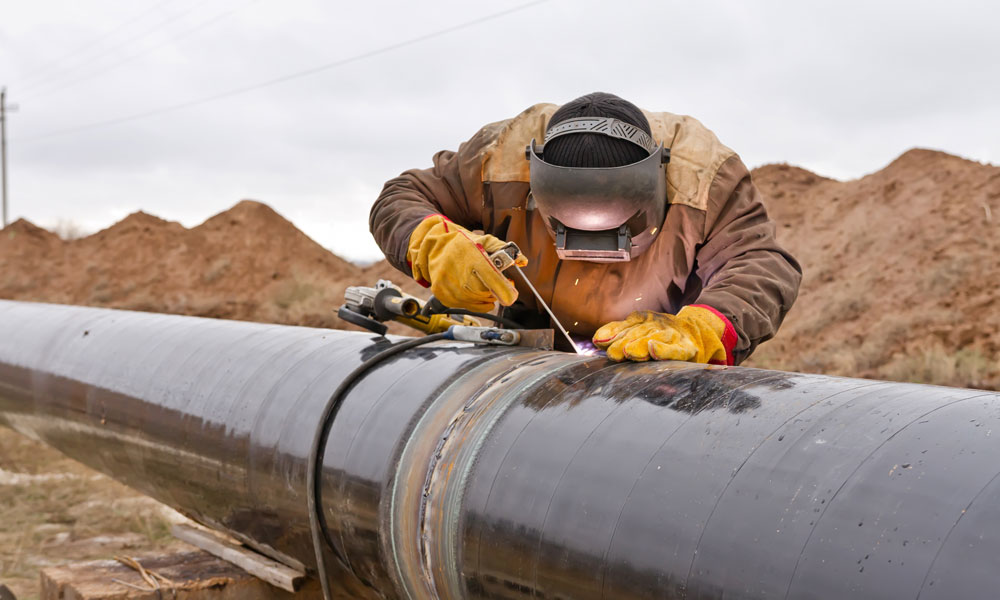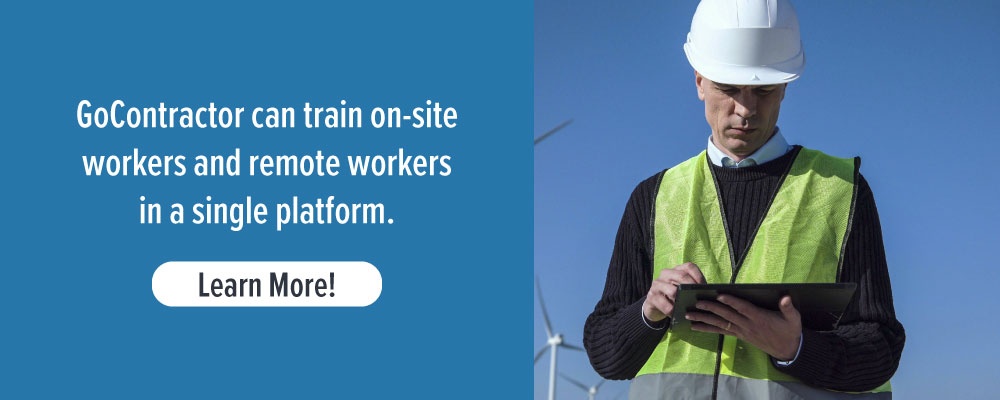Remote workers are becoming increasingly common especially since technology now enables them to communicate with their employers and colleagues located elsewhere at any time. However, sometimes out of sight means out of mind and these workers may be forgotten when it comes to health & safety risks. It is important that companies understand the health & safety legislation applying to remote workers just as they do for employees working at the organization’s premises. Thus, both workers and employers have a duty to ensure health and safety in the workplace. According to the Occupational Health and Safety Administration (OSHA), a workplace is a place where ‘work is carried out for a business or undertaking and includes any place where a worker goes, or is likely to be, while at work’.

What is remote work?
Remote work is defined as work that is isolated from the assistance of other people because of the location, time or nature of the work being done. Although the terms ‘remote’ and ‘isolated’ fall under the same definition, there are some key differences that managers, supervisors, as well as workers should be aware of. ‘Isolated work’ may involve work activities undertaken in an isolated area, which may be on or off site, either during or outside normal working hours. On the other hand, ‘remote work’ may involve work activities undertaken at a location removed from an office environment where there are few people, and where communications and travel are difficult.
Who is a remote worker?
A worker may be considered remote even if other people may be close by. In some situations, a worker may be alone for a short period of time, while in other situations they may be on their own for days or weeks in a remote location. Workers may work remotely if they:
- Physically work alone
- Work separately from others
- Work at home
- Travel as part of work
- Work in geographical isolation
Keeping Remote Workers Safe

Employers have a duty to determine whether remote work is necessary and to identify the hazards, as well as appropriate risk control measures. This can be achieved by:
- Engaging and consulting with remote workers when reviewing hazards to determine if control measures in place are adequate
- Establishing an appropriate system for reporting and investigating injuries, illnesses and dangerous incidents that may occur because of remote work activities.
- Ensuring that workers are aware of the process to follow when reporting an incident
- Encouraging workers to proactively identify any health and safety issues in their workplace and report in a timely manner, as well as the necessary precautions to be taken
- Providing worker support systems, including appropriate training and personal security systems, as well as appropriate Personal Protective Equipment (PPE)
- Managers and supervisors making periodic site visits and addressing health and safety issues that arise
- Consulting with emergency services about possible recuse scenarios in remote locations
Furthermore, remote workers also have a duty to take reasonable care for their own health and safety, and the health and safety of other persons, as well as to comply with reasonable safety instructions given by their employers. Remote workers should work with their employers to identify and control the risks associated with remote work, as well as assist with putting in place appropriate health and safety measures. This can be achieved by:
- Reporting any health and safety issues as soon as possible
- Complying with any reasonable workplace health and safety policies and procedures—if in doubt seek further assistance
Reporting all injuries, accidents or incidents; this includes any issues with the health and safety policies or procedures that are in place
Safety Risks: Facing the Challenge of Keeping Remote Workers Safe
One of the problems with meeting regulatory safety compliance for remote workers is that these employees lack immediate supervision. In addition, many of these workers have become complacent. Therefore, the best way to counteract this attitude is to approach safety in a holistic way, where remote workers are willing and able to take actions to protect themselves. If an understanding of the value of safety motivates remote employees, then their willingness to participate will be much greater.
How GoContractor Can Help
The GoContractor platform is used across many industries and many working environments. From home workers to lone wind farm workers, GoContractor provides companies with the ongoing training and communication that is required to keep them healthy and safe. Not only can GoContractor be used to identify new workers and orientate them to their new role, but it can also be integrated into access systems which require control center approval.

